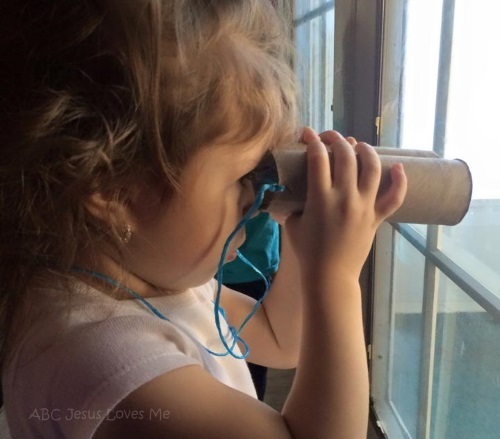
It looks like the page you’re looking for has moved or been updated as we continue improving the website.
No worries! Use the search bar above to find what you need, or connect through LiveChat for personal assistance.
If you’re here because your digital download links have expired, LiveChat or contact me, and I’ll be happy to reset them.
ABCJesusLovesMe™ is an educational ministry that equips adults with materials needed to be intentional in educating children. ABCJesusLovesMe provides five comprehensive, research-based curricula for ages 1-5 that focus on academics, development, and Bible learning through play. Additionally, a Bible curriculum, unit studies, digital downloads, and the Be Intentional Planner accompany the core curricula. These materials are sufficient on their own, but the heart of ABCJesusLovesMe is to offer guidance, support, trainings, and direction to make your educational efforts at home, preschool, or church successful.
© 2025 ABCJesusLovesMe™ • All Rights Reserved • Website by Doc4 Design